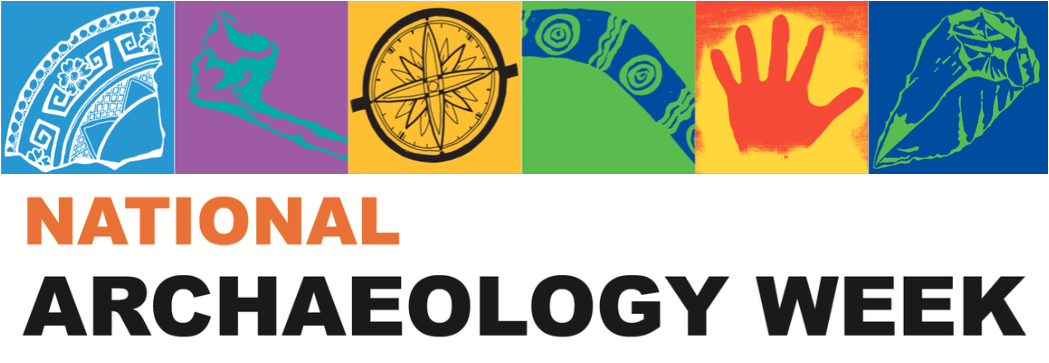Presented by Dr Silvano Jung, Principal Archaeologist, Ellengowan Enterprises, Darwin NT.
Every spring low tide in the Western Australian town of Broome exposes a grim reminder of a tragedy that occurred there nearly 80 years ago. Six seemingly amorphous aircraft wrecks are exposed on the ocean floor, which attracts thousands of visitors each year. They trek the four-kilometres across the mudflats to have a truly unique experience, as nowhere else in the world has such an extant assemblage of wrecksites sunk during a synchronous event, all within twenty minutes of each other. The exposed wrecksites are of fifteen flying boats, Catalinas and Dorniers of the Marineluchtvaartdienst (Royal Netherlands Naval Air Service) and of the Royal Air Force (RAF). A further nine aircraft of the United States Navy (USN), the Royal Australian Air Force (RAAF) and a civilian flying boat from the British Overseas Airways Corporation (BOAC), sank in deep water and are never exposed at low tide.
Approximately 177 people were aboard the flying boats, many of which had just flown from Java, in Indonesia (the former Netherlands East Indies), after a grueling 7-hour flight escaping the Japanese invasion of their homeland. They were caught up in a perfect storm of circumstances that saw nearly 80 people killed, mainly Dutch women and children when the Japanese attacked them on 3 March 1942. No one knows exactly how many people were killed, as records were poorly kept. From an archaeological perspective, the first and most devastating air raid in WA during World War II has left a remarkable assemblage on the floor of Broome’s Roebuck Bay in terms of historic aircraft types and intra wreck site artefact assemblages relating to crew and passengers.
This talk is on the aviation archaeological research in Broome and will present research outcomes from the last twenty years since the Western Australian Museum’s last fieldwork in 2001 and will discuss what future research directions will take, to answer Broome’s enduring flying boat mystery i.e., which flying boat is which out in Roebuck Bay. This is important from a management perspective. The flying boats were the first aviation archaeological sites to be protected by heritage legislation in Australia. Broome’s aviation archaeology, however, is much more than just identifying aircraft. The research ultimately aims at linking the wrecksites to people, as they have an enduring legacy to the survivors and their families who still seek closure.
An online lecture, and part of the Australian Archaeological Association’s 2021 NAW series. Find the series details here.
When: 2pm Darwin time / ACST, Wednesday 19 May 2021
Where: online through Zoom
To register: https://zoom.us/webinar/register/WN_XMZ1ik0bToWeFvS6cwd12A
For more information, contact us at nationalarchaeologyweekaus@gmail.com
